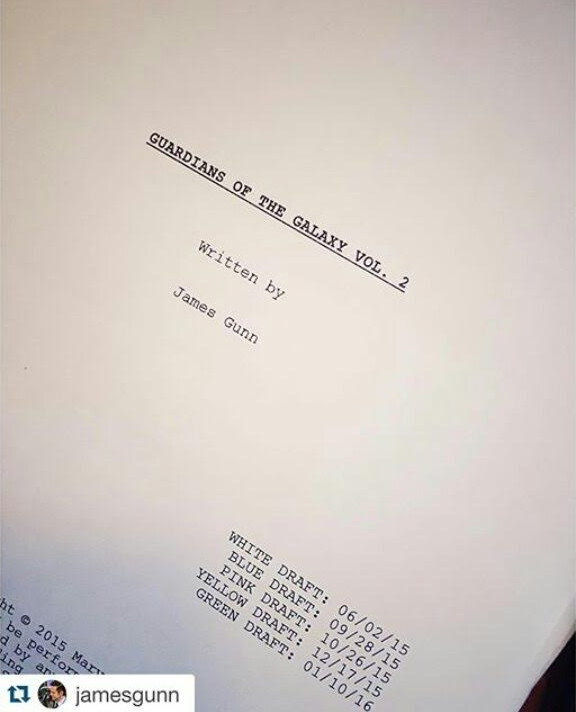WHAT ARE COLORED REVISIONS/DRAFTS/PAGES?
Colored pages are used in film and television to keep track of revisions to a script as it goes into production.
Spec screenplays and screenplays in development won’t have colored pages. It’s generally only once the script is locked for scheduling and budgeting that colored pages are used.
Revision order is tracked on the script’s title page. Each draft is referred to by the color of the latest revisions:
The “Green Draft” seen here would likely be mostly white paper, but will also have green, yellow, pink and blue pages, which were altered from their white counterparts on the date indicated. (And in the case of a PDF, the only thing letting you know it’s a “green page” is a header for GREEN REVISIONS at the top of the page.)
Colored pages save on photocopying expenses because they allow the production to only release the pages that have changed, rather than an entire script. This also saves time for crew members, who can keep their notes on pages that remain unchanged.
Sometimes an entire colored draft is issued if a large percentage of the script has changed.
The WGA recommends a sequence for the colors. However, some productions stray from this, with TV shows in particular often creating their own orders.
The WGA order is:
White Draft (original)
Blue Revision
Pink Revision
Yellow Revision
Green Revision
Goldenrod Revision
Buff Revision
Salmon Revision
Cherry Revision
Second Blue Revision
Second Pink Revision
Second Yellow Revision
Second Green Revision
Second Goldenrod Revision
Second Buff Revision
Second Salmon Revision
Second Cherry Revision

